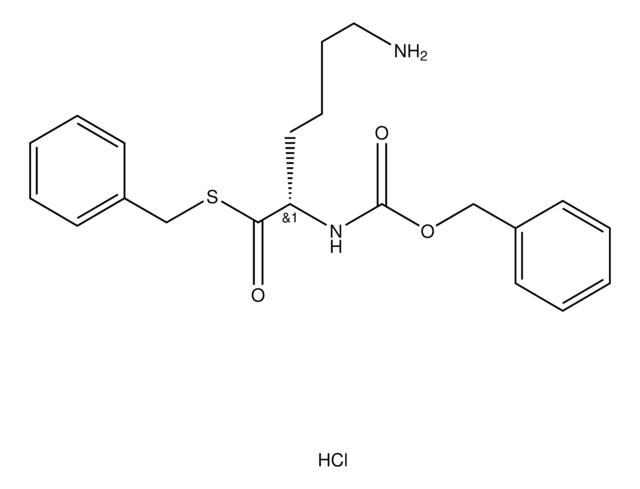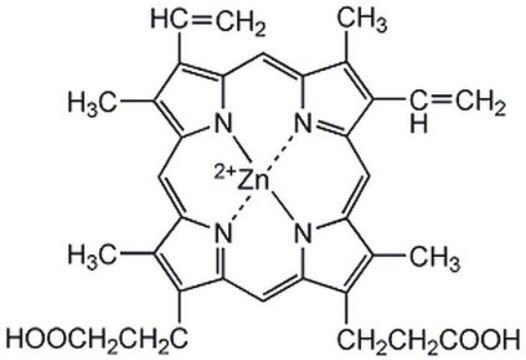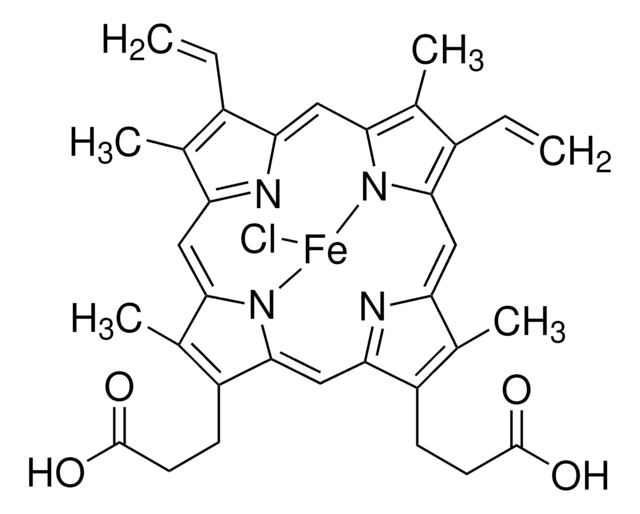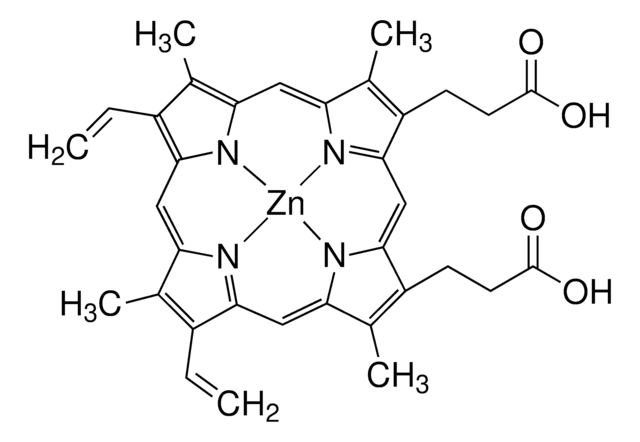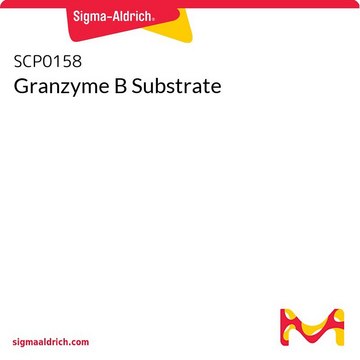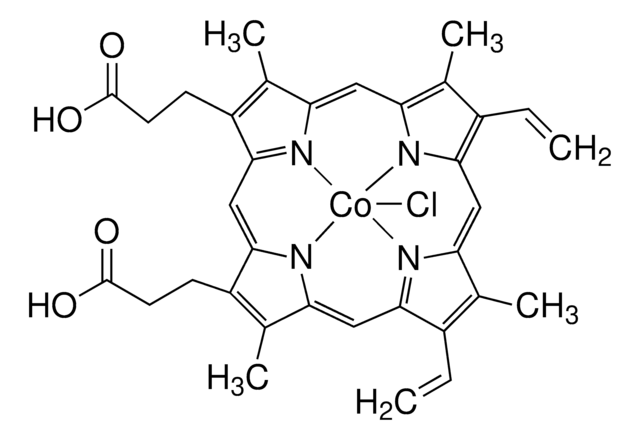RAB0210
Mouse Granzyme B ELISA Kit
for serum, plasma and cell culture supernatant
Iniciar sesiónpara Ver la Fijación de precios por contrato y de la organización
About This Item
UNSPSC Code:
41116158
NACRES:
NA.32
Productos recomendados
species reactivity
mouse
packaging
kit of 96 wells (12 strips x 8 wells)
technique(s)
ELISA: suitable
capture ELISA: suitable
input
sample type plasma
sample type serum
sample type cell culture supernatant(s)
assay range
inter-assay cv: <12%
intra-assay cv: <10%
sensitivity: 12 pg/mL
standard curve range: 14.34-3500 pg/mL
detection method
colorimetric
shipped in
wet ice
storage temp.
−20°C
Gene Information
mouse ... Gzmb(14939)
General description
The Mouse Granzyme B ELISA (Enzyme-Linked Immunosorbent Assay) kit is an in vitro enzyme-linked immunosorbent assay for the quantitative measurement of mouse Granzyme B in serum, plasma, cell culture supernatants and urine.
The Mouse Granzyme B enzyme-linked immunosorbent assay (ELISA) kit is an in vitro assay for the quantitative measurement of mouse granzyme B in serum, plasma, cell culture supernatants and urine. Granzyme B binds to mannose-6-phosphate/insulin-like growth factor II receptor. This protein is implicated in fast DNA fragmentation, a key step towards apoptosis in cells. Granzyme B is involved in the cleaving of pro-caspase-3, which leads to the activation of caspase-3. This protein also cleaves caspase-6, -7, -8, -9, and -10.
Immunogen
Recombinant Mouse Granzyme B
Application
For research use only. Not for use in diagnostic procedures.
Please refer to the attached General ELISA KIT Procedure (sandwich, competitive & Indirect ELISA)
Please refer to the attached General ELISA KIT Procedure (sandwich, competitive & Indirect ELISA)
Other Notes
A sample Certificate of Analysis is available for this product.
Please type the word sample in the text box provided for lot number.
Please type the word sample in the text box provided for lot number.
Los componentes del kit también están disponibles por separado
Referencia del producto
Descripción
SDS
signalword
Warning
hcodes
pcodes
Hazard Classifications
Met. Corr. 1
Storage Class
8A - Combustible corrosive hazardous materials
Elija entre una de las versiones más recientes:
¿Ya tiene este producto?
Encuentre la documentación para los productos que ha comprado recientemente en la Biblioteca de documentos.
Di Yang et al.
Scientific reports, 7(1), 1288-1288 (2017-04-30)
Systemic lupus erythematosus (SLE) features a decreased pool of CD4
Hee Joon Yoo et al.
Marine drugs, 17(8) (2019-08-01)
Immunomodulation involves two mechanisms, immunostimulation and immunosuppression. It is a complex mechanism that regulates the pathophysiology and pathogenesis of various diseases affecting the immune system. Immunomodulators can be used as immunostimulators to reduce the side effects of drugs that induce
Deep learning using tumor HLA peptide mass spectrometry datasets improves neoantigen identification.
Brendan Bulik-Sullivan et al.
Nature biotechnology (2018-12-18)
Neoantigens, which are expressed on tumor cells, are one of the main targets of an effective antitumor T-cell response. Cancer immunotherapies to target neoantigens are of growing interest and are in early human trials, but methods to identify neoantigens either
Patrick R Hagner et al.
British journal of haematology, 179(3), 399-409 (2017-08-05)
Lenalidomide is an immunomodulatory agent that has demonstrated clinical benefit for patients with relapsed or refractory mantle cell lymphoma (MCL); however, despite this observed clinical activity, the mechanism of action (MOA) of lenalidomide has not been characterized in this setting.
Ciputra Adijaya Hartana et al.
PloS one, 13(7), e0200079-e0200079 (2018-07-03)
The immune system plays a significant role in urothelial bladder cancer (UBC) progression, with CD8+ T cells being capable to directly kill tumor cells using perforin and granzymes. However, tumors avoid immune recognition by escape mechanisms. In this study, we
Nuestro equipo de científicos tiene experiencia en todas las áreas de investigación: Ciencias de la vida, Ciencia de los materiales, Síntesis química, Cromatografía, Analítica y muchas otras.
Póngase en contacto con el Servicio técnico

